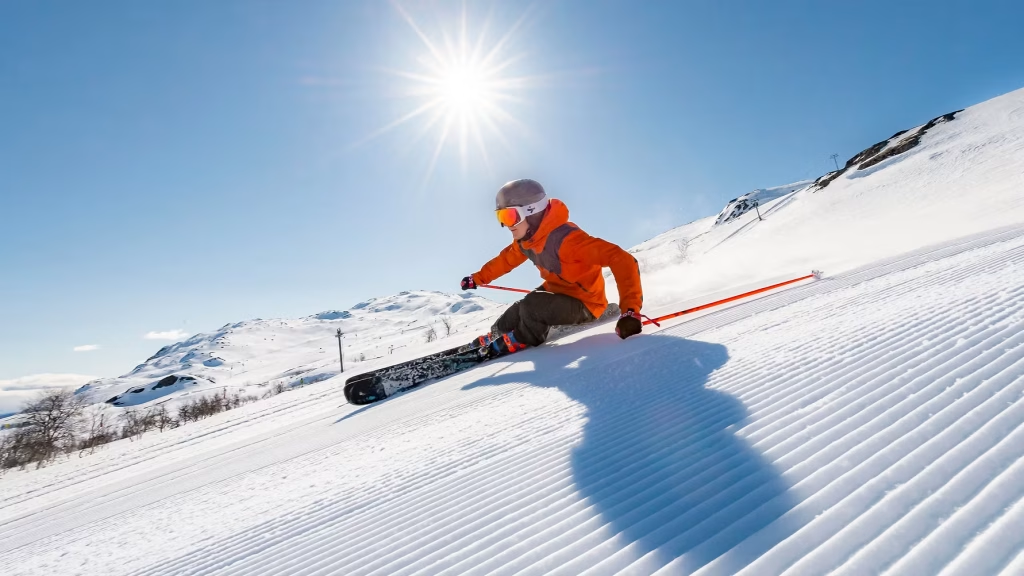Ski holidays under threat: what climate change means for your trip
Others are reading now
Ski holidays under threat: what climate change means for your trip
Winter without snow
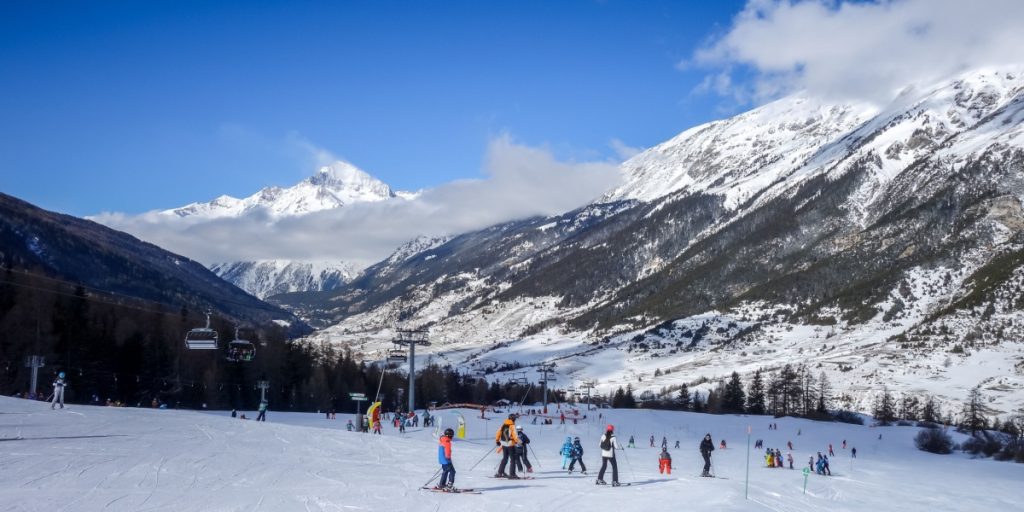
Across Europe and the wider world, ski resorts are confronted with a crisis.
Rising temperatures and unpredictable weather patterns are reducing snowfall and shortening the ski season.
What was once a reliable winter industry is now fighting for survival.
The changing face of winter
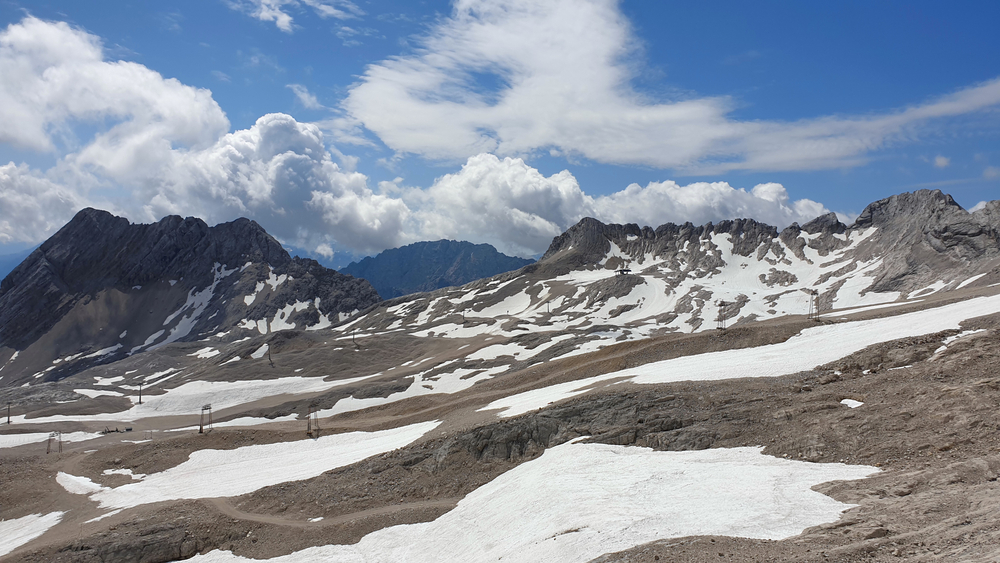
From wildfires in California to flooding in Britain, extreme weather is becoming the new normal.
Also read
Even mountain regions once guaranteed snow are seeing rain instead. For resorts that depend on consistent snowfall, the shift is devastating.
Resorts on the brink
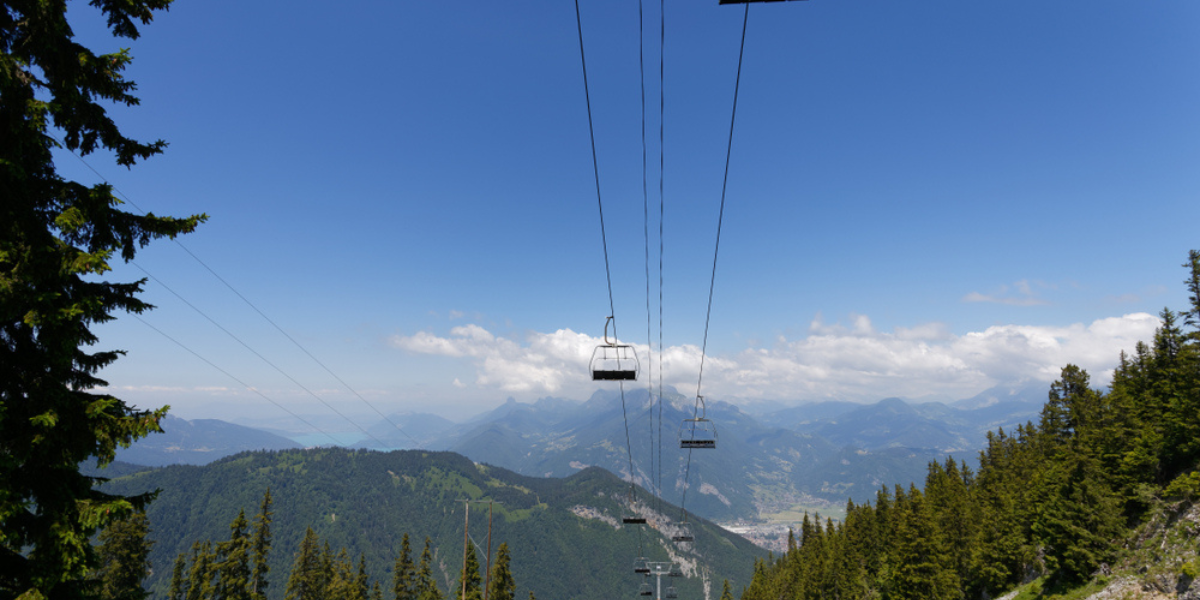
Some Alpine destinations have already surrendered to the climate. France’s Alpe du Grande Serre and La Sambuy closed after snow became too scarce to sustain operations.
Their closures signal what could be the beginning of a broader retreat for lower-altitude resorts.
Unpredictable seasons
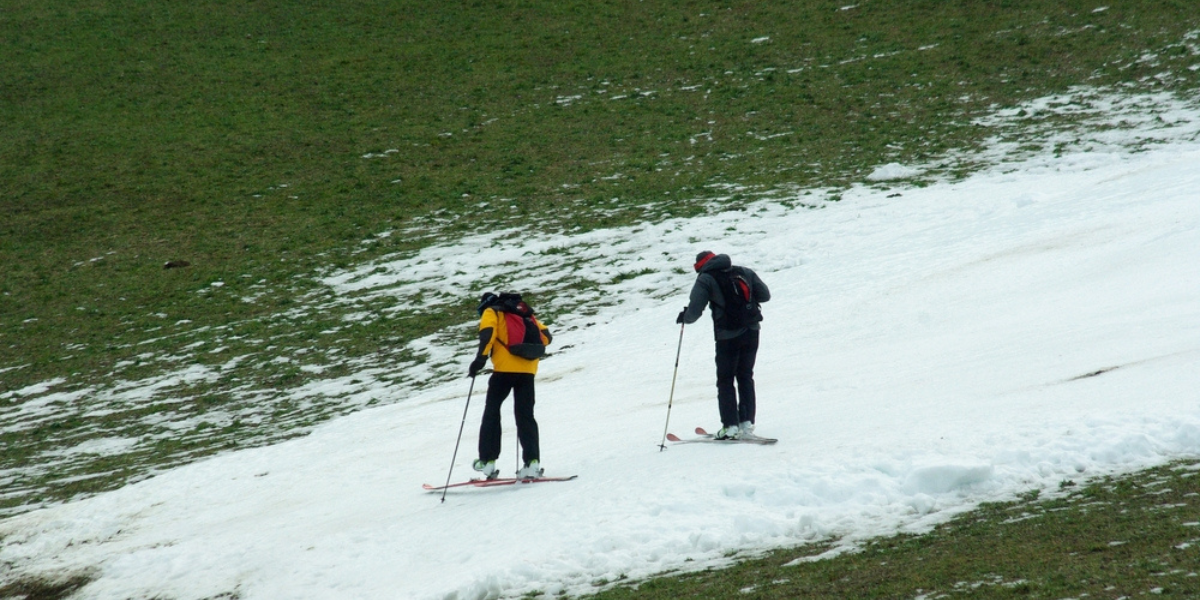
Sara Burden of Montagne Verte, a Swiss sustainability group, says snowfall patterns have become increasingly erratic. In some years, snow now arrives later and melts earlier.
In an interview with the newspaper Timeout she said, “Traditional peak ski times may not only be contracting but shifting,” meaning Easter could become the new Christmas for ski tourism.
Also read
Skiers chasing the snow
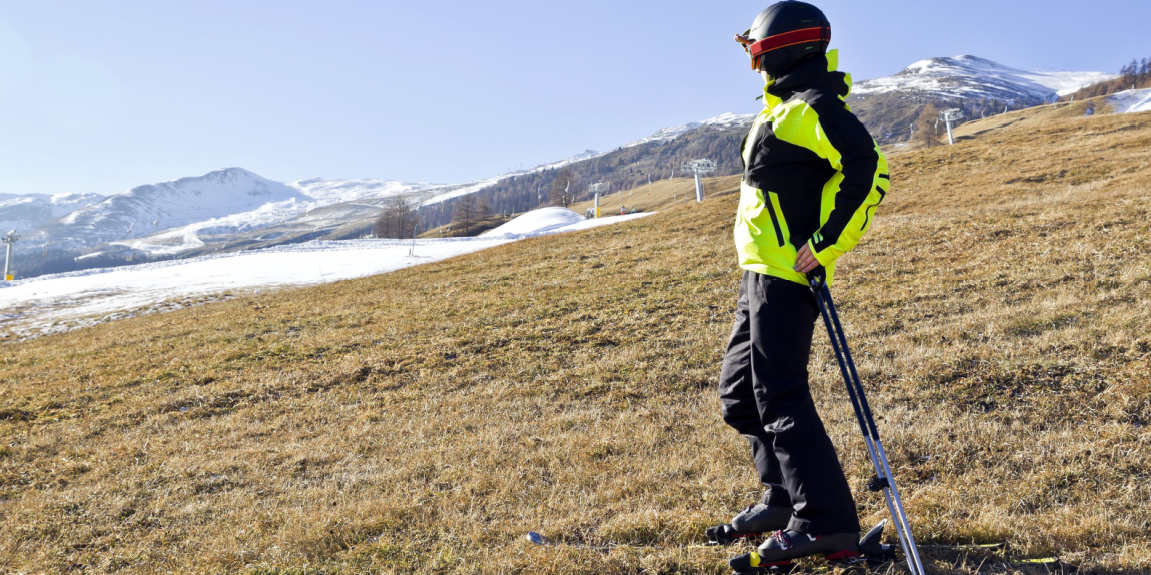
With conditions so uncertain, holidaymakers are booking later than ever, waiting for fresh snowfall before making plans.
Others are trading mid-altitude destinations for higher slopes, assuming altitude means reliability — but strong winds and lift closures often make those resorts equally unpredictable.
The rise of artificial snow
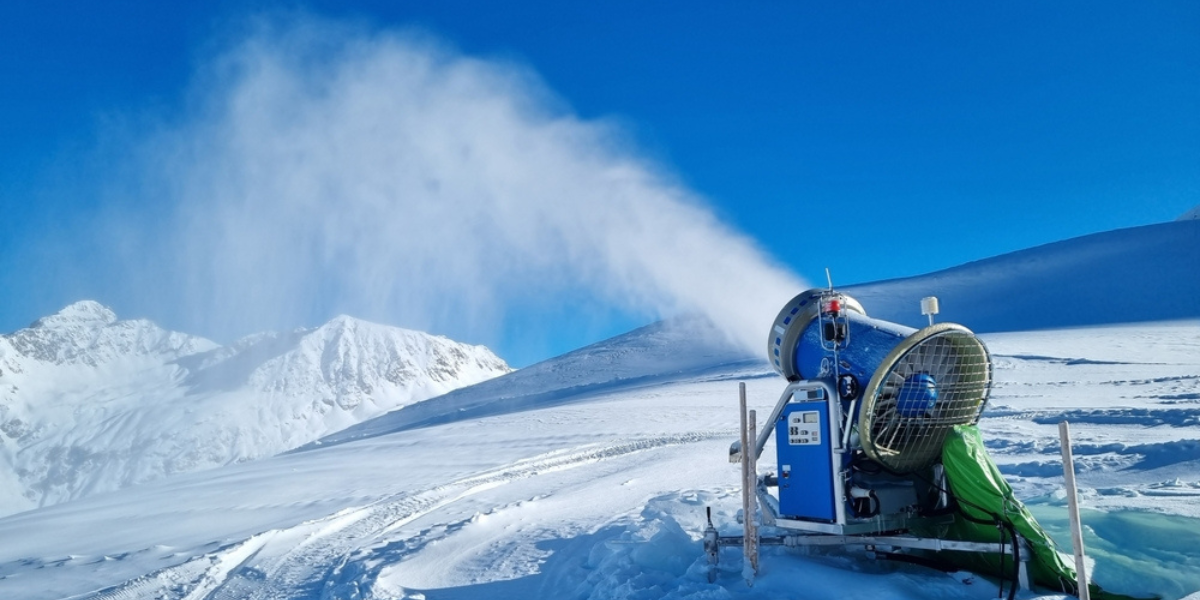
To cope, resorts are relying on technology. A 2023 study predicts demand for artificial snow will surge by up to 97 percent by 2050.
At LAAX resort in Switzerland, renewable-powered snow cannons keep up to 130 kilometers of slopes open each winter — a lifeline, but not a long-term solution.
Beyond the slopes
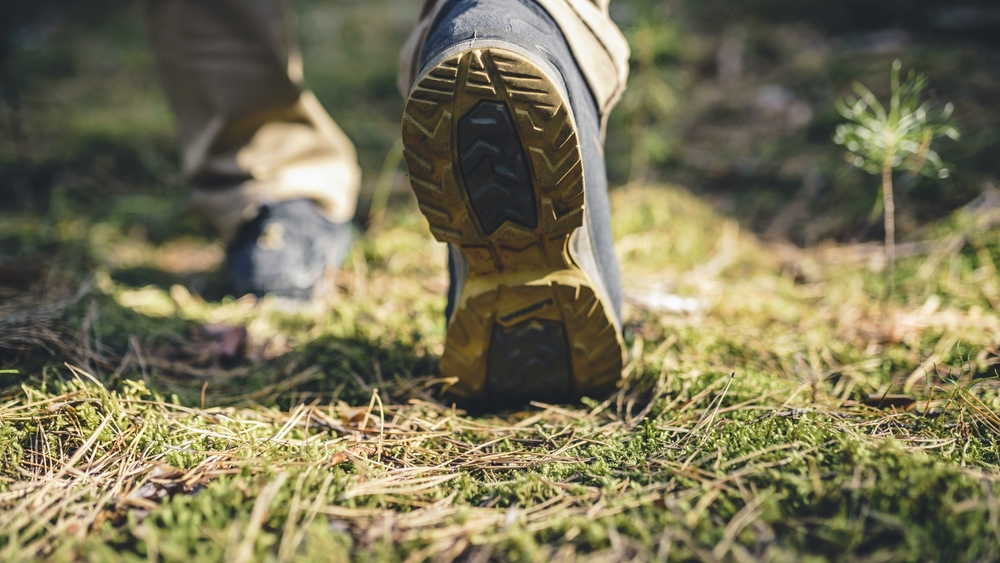
Many communities are diversifying to survive. Mountain biking, hiking, zip-lining, and paragliding now fill the summer months, turning once-seasonal ski villages into year-round adventure hubs.
Also read
These activities bring new visitors and vital income between winters.
Building resilience
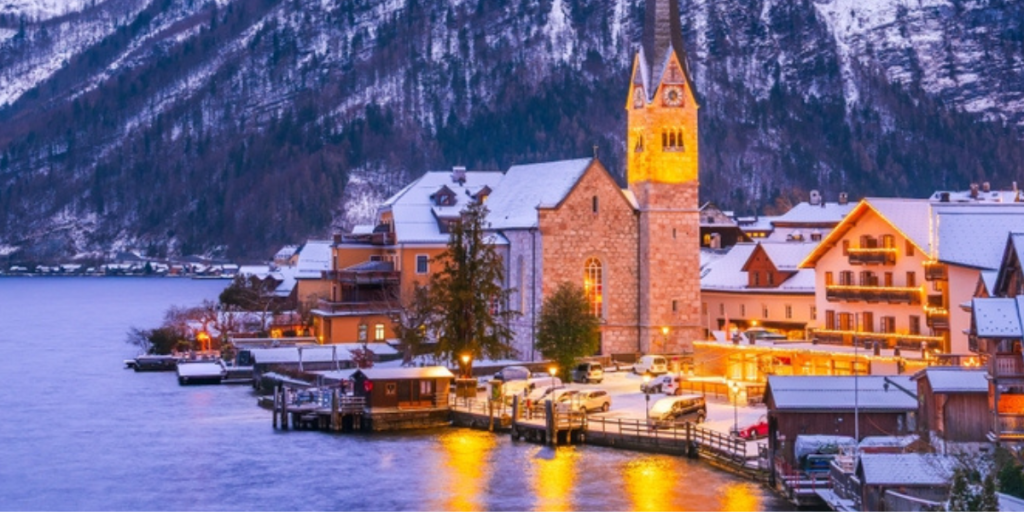
Experts say destinations that invest now will be best prepared for the decades ahead.
Dr. Susanne Etti of Intrepid Travel told Timeout in an interview: “Locals often want a break after winter, but those that start diversifying early will future-proof their business as temperatures rise.”
Going green to survive
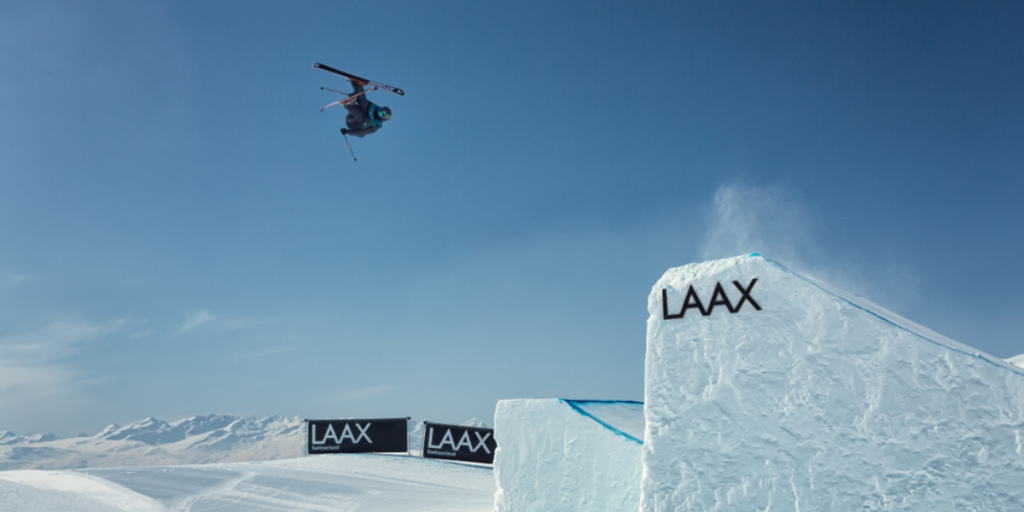
Some resorts are also cutting their own carbon footprint. LAAX plans to eliminate fossil fuels by 2030, while its Riders Hotel already runs on 100% renewable energy.
In Morzine, food waste is converted into biogas, and a travel pass rewards visitors who arrive by train instead of plane.
Also read
The future of skiing
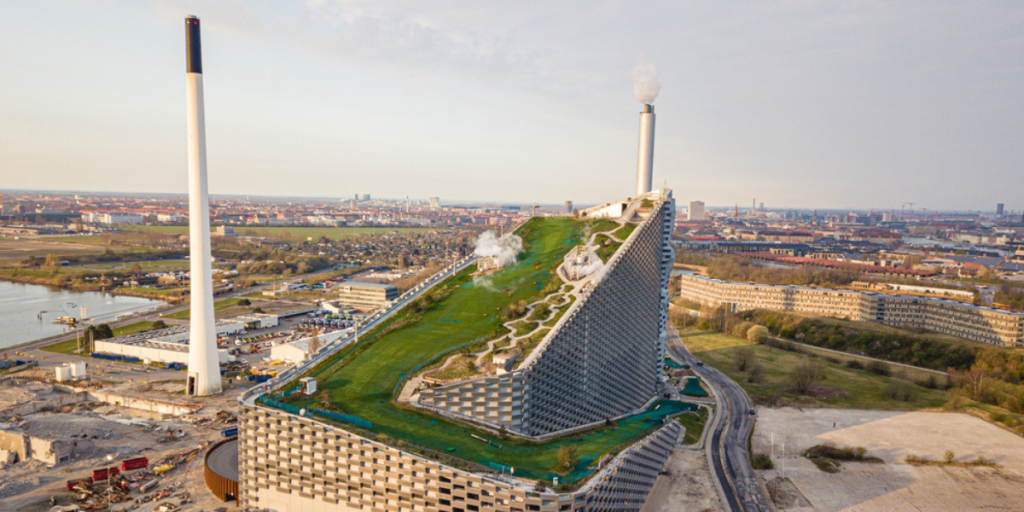
Dry slopes and synthetic pistes, such as Copenhagen’s CopenHill, are keeping the sport alive even without snow.
But experts warn that unless global emissions fall sharply, natural skiing could fade within a few generations. The future of winter holidays may depend on how fast the world acts to cool the planet.

